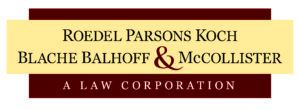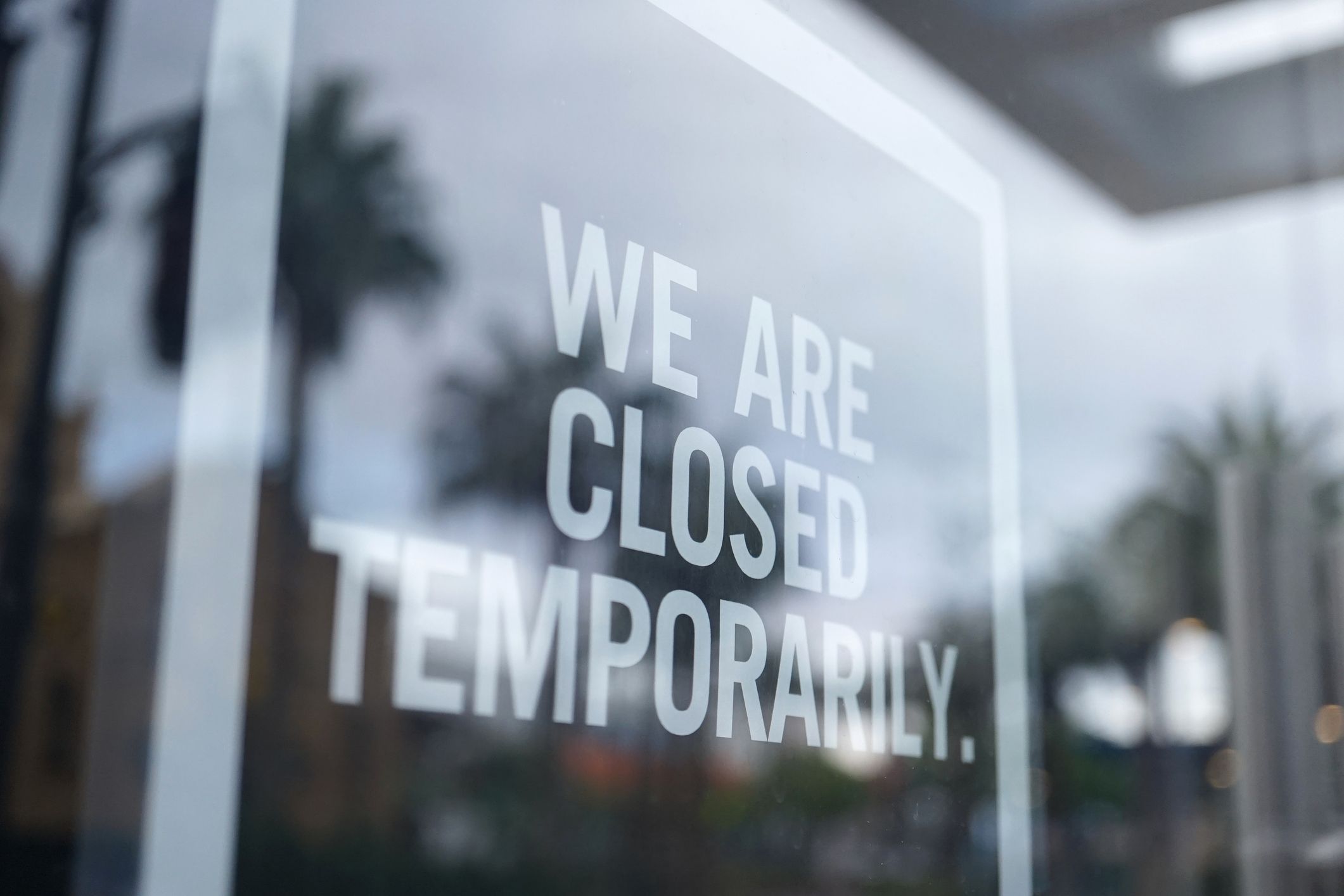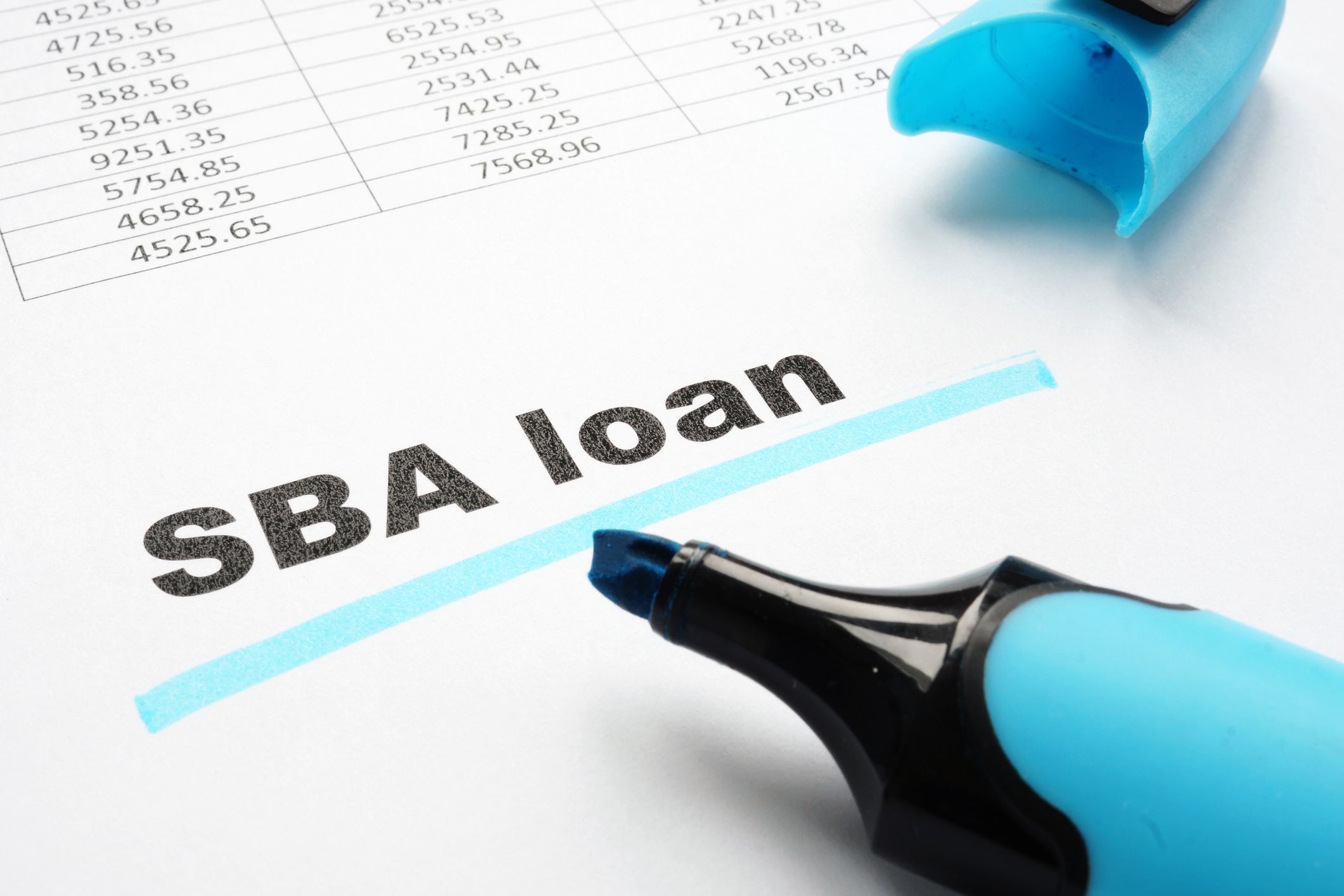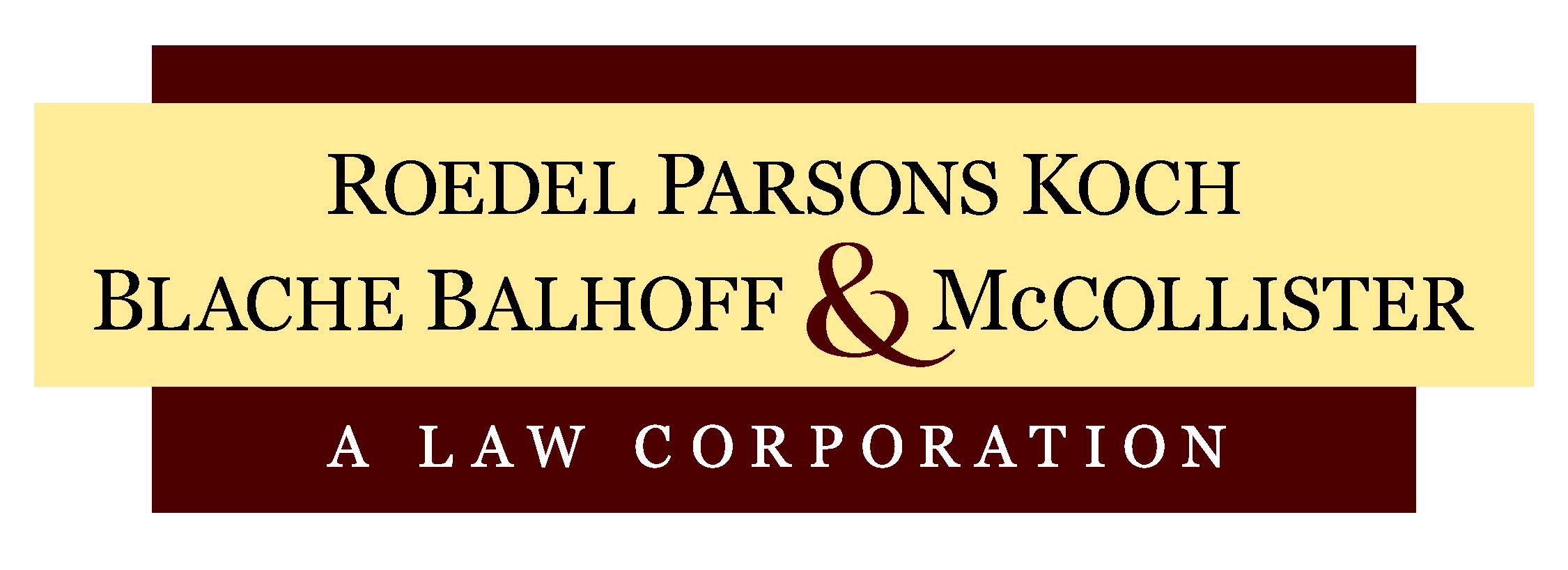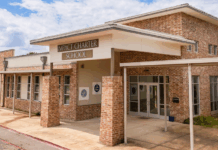Sponsored by
Is your business “essential” under Louisiana’s stay-at-home order?
On March 22, 2020, Louisiana Governor John Bel Edwards issued Proclamation No. 41-JBE-2020, extending what is known as known as the “Stay-at-Home Order.” The order is in effect until Thursday, April 30, 2020. The major provisions of this order include a ban on all gatherings of 10 or more people, and a directive that all individuals in Louisiana stay at home unless performing an “essential activity.”
Governor Edwards has indicated that he will sign another Emergency Proclamation extending the Stay-At-Home Order to April 30, 2020. As of this issuance, the proclamation has not yet been adopted.
Under the order, there are three categories of businesses:
Category No. 1: Businesses ordered temporarily closed
This includes:
• All restaurants (only to dine-in patrons; take-out and delivery services are still allowed)
• All casinos
• All video poker establishments
• All movie theaters
• All bars
• All bowling alleys
• All fitness centers and gyms
• All places of public amusement, whether indoors or outdoors, including but not limited to: locations with amusement rides, carnivals, amusement parks, water parks, trampoline parks, aquariums, zoos, museums, arcades, fairs, pool halls, children’s play centers, playgrounds, theme parks, theaters, concert halls, music halls, adult entertainment venues, racetracks and other similar businesses
• All personal care and grooming businesses, including but not
limited to: barber shops, beauty salons, nail salons, spas, massage parlors, tattoo parlors and other similar businesses
• All malls, except for stores in a mall that have a direct outdoor entrance and exit that provide essential services and products as defined by CISA guidelines.
Category No. 2: Businesses that provide essential functions or that are classified as “critical infrastructure sectors” by the Cybersecurity and Infrastructure Security Agency (CISA)
Employees are allowed to leave their homes to report to work if they are performing “essential worker functions,” as defined by CISA. CISA has identified 16 critical infrastructure sectors.
• Chemical Sector
• Commercial Facilities Sector
• Communications Sector
• Critical Manufacturing Sector
• Dams Sector
• Defense Industrial Base Sector
• Emergency Services Sector
• Energy Sector
• Financial Services Sector
• Food and Agriculture Sector
• Healthcare and Public Health Sector
• Information Technology Sector
• Nuclear Reactors, Materials, and Waste Sector
• Transportation System Sector
• Water and Wastewater System Sector
There are multiple subsectors within these sectors. Please visit the CISA website for more information.
Get more about this topic and other comprehensive information in the
‘COVID-19 Toolkit for Small- and Medium-Sized Businesses’ from Roedel Parsons here.
Category No. 3: Businesses that do not fall
into either Category No. 1 or Category No. 2
If your business was not ordered temporarily closed and if your business does not fall within one of the CISA critical infrastructure sectors, the Stay-at-Home Order requires your business to:
• Reduce operations
• Have minimal contact between essential employees and members of the public
• Observe proper social distancing (i.e., stay at least six feet away from other people)
• Follow the ban on gatherings of 10 or more people
If your business is an essential business and you would like us to prepare a “Critical Infrastructure Employee Travel Authorization Letter” for any of your employees, please contact one of our attorneys listed in the full Covid19 Toolkit for Small- and Medium-Sized Businesses. Get it here. Read the new Stay-at-Home Order.
Coronavirus Aid, Relief and
Economic Security (CARES) Act FAQ
Congress recently passed a $2 trillion stimulus package, which we are currently studying in depth.
This section was drafted on March 31, 2020. We are still studying the exact details of the stimulus package, so please look out for more information soon.
 SBA Economic Injury Disaster Loans
SBA Economic Injury Disaster Loans
On March 27, 2020, Congress passed, and the President signed, the Coronavirus Aid, Relief, and Economic Security (“CARES”) Act into a law. A historic $2 trillion stimulus package, the CARES Act provides relief to American workers in the form of one-time direct payments, expanded unemployment insurance, suspended student loan payments, and more. And for small businesses, the CARES Act creates a new Small Business Administration (“SBA”) loan program—the Paycheck Protection Program (“PPP”)—portions of which can be forgiven.
There is much to unpack in the 880-page, newly adopted CARES Act. This issue will focus on the PPP and other disaster loan programs that a small- to-medium-sized business may access to assist it in addressing COVID 19-related concerns. Roedel Parsons will be issuing additional blogs examining other areas of the CARES Act and other recent developments that should be of interest to small- and medium-sized businesses.
Paycheck Protection Program
Who is eligible for a PPP loan?
“Small business concerns,” which are businesses that are ![]() independently owned and operated, not dominant in their field of operation, and which qualify as small businesses under the SBA’s criteria and size standards.
independently owned and operated, not dominant in their field of operation, and which qualify as small businesses under the SBA’s criteria and size standards.
![]() Any business concern, nonprofit organization, veteran’s organization, or Tribal business concern, provided they have no more than 500 employees, or, if applicable the size standard in number of employees established by the SBA.
Any business concern, nonprofit organization, veteran’s organization, or Tribal business concern, provided they have no more than 500 employees, or, if applicable the size standard in number of employees established by the SBA.
![]() Sole proprietors, independent contractors, and eligible self-employed individuals.
Sole proprietors, independent contractors, and eligible self-employed individuals.
My business employs more than 500 employees but at multiple locations. Is my business eligible for a PPP Loan?
 Maybe. If your business does not employ more than 500 employees at a single location and is assigned a North American Industry Classification System (“NAICS”) code beginning with 72 at the time of disbursal, then your business may be eligible to receive a PPP loan. NAICS sector 72 businesses cover “accommodation and food services,” including but not limited to: hotels, casino hotels, bed-and-breakfast inns, RV parks, drinking places and restaurants and other eating places.
Maybe. If your business does not employ more than 500 employees at a single location and is assigned a North American Industry Classification System (“NAICS”) code beginning with 72 at the time of disbursal, then your business may be eligible to receive a PPP loan. NAICS sector 72 businesses cover “accommodation and food services,” including but not limited to: hotels, casino hotels, bed-and-breakfast inns, RV parks, drinking places and restaurants and other eating places.
For purposes of the 500-employee cap, do only full-time employees count?
No. For purposes of determining whether your business employs 500 or fewer employees, the term “employees” includes individuals employed on a full-time, part-time, or other basis.
What is the maximum PPP loan amount?
The CARES Act provides a specific formula for determining the maximum amount of a PPP loan that an eligible borrower may receive. This amount, called the “Maximum Loan Account” or “MLA,” is the lesser of:
• $10 million (the cap for any PPP loan); or
• the sum of:
![]() 250% of the average total monthly payments by the applicant for “payroll costs” incurred during the one-year period before the date on which the loan is made (meaning the monthly average payroll costs for that period times 2.5)
250% of the average total monthly payments by the applicant for “payroll costs” incurred during the one-year period before the date on which the loan is made (meaning the monthly average payroll costs for that period times 2.5)
plus
![]() the outstanding amount of any Economic Injury Disaster Loan (“EIDL”) that the applicant may wish to refinance with the PPP
the outstanding amount of any Economic Injury Disaster Loan (“EIDL”) that the applicant may wish to refinance with the PPP
What expenses qualify as “payroll costs” for calculating the MLA?
![]() Compensation, including: salaries, wages, commission, or similar compensation; and payment of cash tips or equivalent.
Compensation, including: salaries, wages, commission, or similar compensation; and payment of cash tips or equivalent.
![]() Payment for vacation, parental, family, medical, or sick leave allowance for dismissal or separation.
Payment for vacation, parental, family, medical, or sick leave allowance for dismissal or separation.
![]() Payment required for the provisions of group health care benefits, including insurance premiums.
Payment required for the provisions of group health care benefits, including insurance premiums.
![]() Payments of any retirement benefits.
Payments of any retirement benefits.
![]() Payment of state or local taxes assessed on employee compensation.
Payment of state or local taxes assessed on employee compensation.
What expenses do not qualify as “payroll costs” for calculating the MLA?
Individual employee compensation above $100,000 per year.
![]() Taxes imposed or withheld under Chapters 21, 22, and 24 of the Internal Revenue Code. These taxes include FICA and income tax withholdings.
Taxes imposed or withheld under Chapters 21, 22, and 24 of the Internal Revenue Code. These taxes include FICA and income tax withholdings.
![]() Qualified sick leave and family and medical leave wages paid by an employer for which a credit is allowed under the Families First Coronavirus Response Act (“FFCRA”).
Qualified sick leave and family and medical leave wages paid by an employer for which a credit is allowed under the Families First Coronavirus Response Act (“FFCRA”).
![]() Compensation paid to an employee who resides outside of the United States.
Compensation paid to an employee who resides outside of the United States.
What can a PPP loan be used for?
![]() Payroll costs, including: salaries, wages, commissions, and similar forms of compensation; vacation, parental, family, medical, or sick leave; severance payments; group health care benefit payments, including insurance premiums, retirement benefit payments; and state or local tax payments assessed on the compensation of employees.
Payroll costs, including: salaries, wages, commissions, and similar forms of compensation; vacation, parental, family, medical, or sick leave; severance payments; group health care benefit payments, including insurance premiums, retirement benefit payments; and state or local tax payments assessed on the compensation of employees.
![]() Costs related to the continuation of group health care benefits during periods of paid sick, medical, or family leave, and insurance premiums.
Costs related to the continuation of group health care benefits during periods of paid sick, medical, or family leave, and insurance premiums.
![]() Employee salaries, commissions, or similar compensations. Payments of interest on any mortgage obligation.
Employee salaries, commissions, or similar compensations. Payments of interest on any mortgage obligation.
![]() Interest on any other debt obligations that were incurred before the “covered period,” which is the period beginning on February 15, 2020 and ending on June 30, 2020.
Interest on any other debt obligations that were incurred before the “covered period,” which is the period beginning on February 15, 2020 and ending on June 30, 2020.
What can a PPP loan not be used for?
![]() Individual employee compensation above $100,000 per year. Certain taxes, such as FICA and income tax withholdings.
Individual employee compensation above $100,000 per year. Certain taxes, such as FICA and income tax withholdings.
![]() Qualified sick leave and family and medical leave wages paid by an employer for which a credit is allowed under the Families First Coronavirus Response Act (“FFCRA”).
Qualified sick leave and family and medical leave wages paid by an employer for which a credit is allowed under the Families First Coronavirus Response Act (“FFCRA”).
![]() Compensation paid to an employee who resides outside of the United States. Prepayment or payment of the principal on a mortgage obligation.
Compensation paid to an employee who resides outside of the United States. Prepayment or payment of the principal on a mortgage obligation.
![]() Interest on debt obligations that were incurred after the “covered period.”
Interest on debt obligations that were incurred after the “covered period.”
Will I be personally liable if I can’t repay a PPP loan?
No, as long as you use the proceeds for an allowed purpose. PPP loans are “nonrecourse” loans. This means that the SBA has no recourse against any individual shareholder, member, or partner of an eligible recipient of a PPP loan for nonpayment, except to the extent that such shareholder, member, or partner uses the loan proceeds for a nonallowable purpose.
Does a PPP loan require a personal guarantee or collateral?
No. Unlike most loans, the borrower does not have to provide a personal guarantee or collateral to receive a PPP loan.
Is my business required to show that is unable to obtain credit elsewhere in order to be eligible for a PPP loan?
No. Unlike other SBA loans, the borrower does not have to show it is unable to obtain credit elsewhere to receive a PPP loan.
Can repayment of a PPP loan be deferred?
Yes. An eligible loan recipient can receive a deferment of up to one year. The deferment includes payment of the principal, interest, and fees.
Is there an SBA fee associated with applying for or receiving a PPP loan?
No. The SBA will not charge a fee; however, lenders may charge a fee.
Can all or part of a PPP loan be forgiven?
Yes! PPP loan forgiveness is available for up to eight weeks of qualifying expenses from the date the loan is issued, as long as certain conditions are met. Loan forgiveness is one of the key components that differentiates a PPP loan from traditional EIDLs that might otherwise be available from the SBA.
What portion(s) of a PPP loan can be forgiven?
While a PPP loan may be used for many purposes, such as providing working capital and refinancing existing EIDL loans, the only portion of a PPP loan that can be forgiven are qualified expenses incurred during the eight-week covered period after the loan is issued. These qualified expenses are strictly limited to the following:
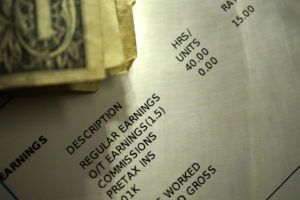
Payment of interest on covered mortgage obligations.
How can I apply for forgiveness of a PPP loan?
You must apply through your lender for forgiveness of the qualifying portions of your loan.
What happens to non-forgivable portion(s) of a PPP loan?
Any loan amounts not forgiven are carried forward as an ongoing loan with a maximum term of 10 years at a maximum interest rate of 4%.
Economic Injury Disaster Loan Program
What is the difference between a PPP loan and an EIDL?
In addition to the SBA’s new PPP loan program, traditional EIDLs are still available from the SBA for qualifying businesses. The biggest difference between these two loan programs is that up to 100% of a PPP loan may be forgivable if used for qualifying purposes.
For businesses that need emergency money immediately, the SBA may provide up to $10,000 in emergency grants to EIDL applicants that need it. Applicants are not required to repay these grants, even if their loan application is denied. The SBA must provide the emergency grants within three days after receipt of an application by an employer. The emergency grant can be used to pay sick leave to employees due to COVID- 19, maintain payroll to retain employees, retain rent, and more. Any amounts granted will be reduced from the loan forgiveness if the applicant eventually transfers into or is approved for a PPP loan. The following chart provides a breakdown of the key differences between the PPP and EIDL program:

Additional Tax Relief for Small Businesses
Are there any special tax credits available to my small business?
Eligible employers are permitted to claim a refundable payroll tax credit equal to 50% of wages paid to employees. An employer must either have its operations fully or partially suspended by governmental order (which should be applicable to Louisiana businesses as a result of Governor Edwards’ Stay-at-Home Order and related orders) or have its gross receipts decrease by at least 50%. The amount of compensation for each employee to determine the credit is limited to $10,000. The credit also may not exceed the otherwise payable payroll taxes (i.e., the otherwise payable payroll taxes is the cap on the credit). That said, the credit is refundable, meaning that if the amount of the credit exceeds the employer’s payroll tax liability the IRS will pay the excess amount to the employer. So, the employer should receive a $10,000 break on employment taxes, regardless of the size of such taxes.
Can I use net operating losses to reduce my taxable income?
Currently, corporations may not use net operating losses (“NOLs”) to reduce taxable income in a prior tax year and the use of NOLs is limited to 80% of taxable income. The Act temporarily relaxes these rules by providing a five-year carryback for NOLs generated in tax years 2018 through 2020 and allowing NOLs to fully offset taxable income in tax years prior to 2021. This will allow corporations previously subject to the NOL limitations to claim a refund by filing an amended return for prior years.
Important Links
- To view the full text of the CARES Act, click here.
- To access the SBA’s SCORE Coronavirus Small Business Resource Hub, click here.
- To access the SBA’s loan resources portal, click here.
Download a copy of the Coronavirus Aid, Relief and Economic Security (CARES) Act FAQ here.
Baton Rouge Office | 8440 Jefferson Highway | Suite 301
Baton Rouge, LA 70809 | Phone: (225) 929-7033 | Fax: (225) 928-4925
Attorneys: Luke Piontek | Bradley Guin | Daniel Price
New Orleans Office | 1515 Poydras Street | Suite 2330
New Orleans, LA 70112 | Phone: (504) 566-1801 | Fax: (504) 565-5626
Attorneys: Wayne Fontana | Chuck Pisano | Skye Fantaci
 GET DAILY REPORT FREE
GET DAILY REPORT FREE



